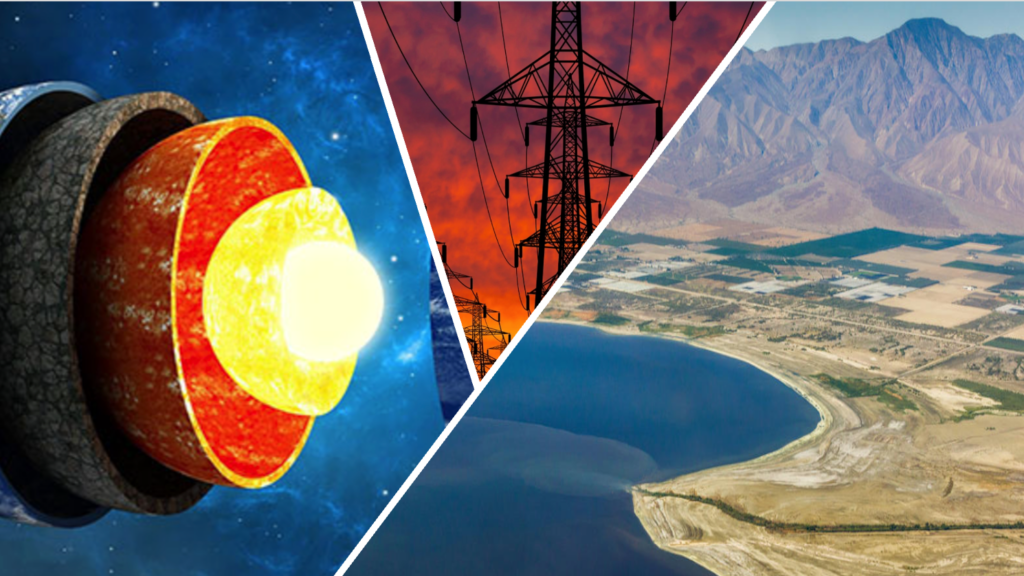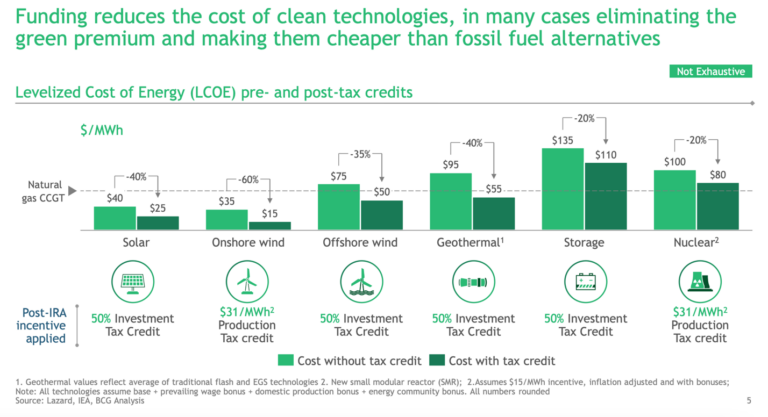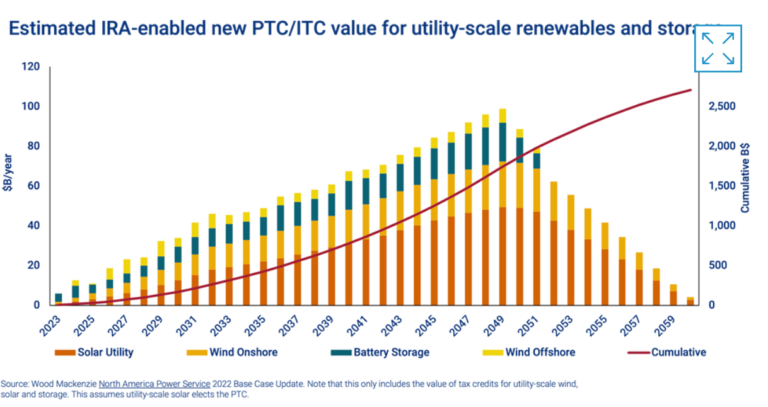
As background, RegenBiomass developed a pilot project for growing 800 paulownia trees on marginal land in Southern California, funded by a 2022 USDA grant. While researching the characteristics of aquifers for commercial scaling of “Timber & Carbon Farms” in the Salton Sea region, a geologist shared the potential of geothermal in the region and the Inflation Reduction Act (IRA) providing massive monetization incentives encouraging the development of clean energy in the United States.
As a wind energy pioneer, who installed 500 wind turbines in Palm Springs, California decades ago, I recognized that the largess of the IRA would far exceed the “California Wind Energy Gold Rush” during the 80’s that gave birth to today’s trillion-dollar wind energy industry.
Flexible geothermal deployment with EGS and ORC
While the potential for geothermal energy is significant, it remains largely untapped in most areas of the world due to the technological limitations of the past. That is rapidly changing with Enhanced Geothermal Systems (EGS) being developed to provide baseload, dispatchable and energy storage to balance the deluge of intermittent renewables being added to the electric grid. EGS present a promising solution for meeting the skyrocketing electricity needs of the future by harnessing the abundant heat beneath the Earth’s surface.
EGS is essentially a man-made reservoir that harnesses the heat from hot rocks beneath the Earth’s surface. In areas where there is not enough natural permeability or fluid saturation, fluid is injected into the subsurface to induce fractures and create permeability. EGS can access previously untapped geothermal resources, including those in regions that were once thought to be inaccessible. This technology has the potential to play a crucial role in the worldwide shift towards electric energy, offering a clean and nearly limitless supply of power.
Recent advancements in Organic Rankine Cycle (ORC) technology enable the conversion of geothermal heat into electricity utilizing organic fluids to improve efficiency and performance for generating power from low to medium-grade heat sources like geothermal reservoirs. ORC technology also offers opportunities for existing geothermal power project to increase their installed capacities without the drilling of new wells.
Remarkably, ORC technology can generate energy using organic fluids that boil at 70 degrees Celsius (158 degrees Fahrenheit) for harvesting heat from shallow geothermal resources to significantly reduce expensive drilling costs. Furthermore, ORCs have higher efficiency at partial loads than steam turbines and a restart time of minutes rather than days for a steam turbine.
Making geothermal competitive with other renewables
The driving force behind future innovation and expansion of EGS and ORC in the U.S. will be the recently passed USD 369 billion IRA. This comprehensive legislation offers a myriad of incentives designed to stimulate investment in zero emission technologies in the United States.
Effective January 2023, an investment tax credit (ITC) of 30% has been set in motion. Moreover, there are stackable bonus credits for monetizing up to 70% of a project cost including 20% that can be obtained for projects deployed in low-income areas. The scale of support from this historic legislation providing monumental federal tax incentives will catalyze the influx of private sector capital for the development and deployment of bold and innovative technologies to accelerate the energy transition.
According to Mike Matson, Energy & Sustainability Expert at the Boston Consulting Group, “EGS offers a more favorable Levelized Cost of Energy (LCOE) compared to other conventional and renewable energy sources when the IRA tax credits are included. As shown in the graphic below created by our group, LCOE for Onshore wind is only USD 15 post-tax credits but it would require an additional USD 110 for storage making it more than double the LCOE of EGS for providing reliable electricity”.

Comparison of LCOE of renewable energy technologies with and without the benefit of tax credits
Unlike previous tax credit programs encouraging renewable energy investment, the IRA established extended phaseout schedules with a long runway for assuring the transition to clean energy. The credits are in effect either until the later of 2032, or until U.S. electricity sector carbon dioxide emissions are equal to or below 25% of 2022 levels. Reaching this threshold triggers a three-year phaseout with defined annual step-downs in tax credit value.
According to Wood Mackenzie, IRA tax credits will be extended for substantially longer than 2032 to 30-40 years. Instead of several hundred billion dollars in tax credits for new renewables and storage through 2032, there could be trillions of dollars over multiple decades.

A new era of clean and sustainable energy
The energy transition to renewables is now poised to surpass the Industrial Revolution’s heavy reliance on fossil fuels, ushering in a new era of sustainable and clean energy sources that will be dependent on energy storage. California is a pioneering force in renewable energy and signaling a future where the need for energy storage becomes increasingly urgent. Affordable and effective energy storage technologies are vital for achieving utility load balancing amidst the intermittent nature of renewable wind and solar technologies.
In 2022, California led the United States in solar power generation and was second after Texas with wind power. However, electricity rates are among the highest in the nation at about 20 cents per kilowatt-hour (KWh) and California imports around 32% of its consumption. According to the National Renewable Energy Laboratory (NREL), California may need up to 14 GW of energy storage by 2025 to maintain a reliable grid with its high penetration of renewable energy. As the demand for renewable solar and wind energy continues to surge, EGS emerges as a clean, scalable, and sustainable solution to the energy storage conundrum.